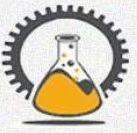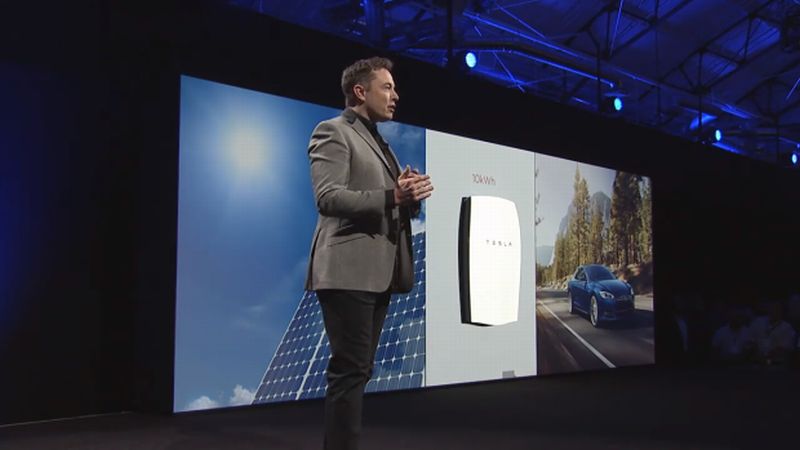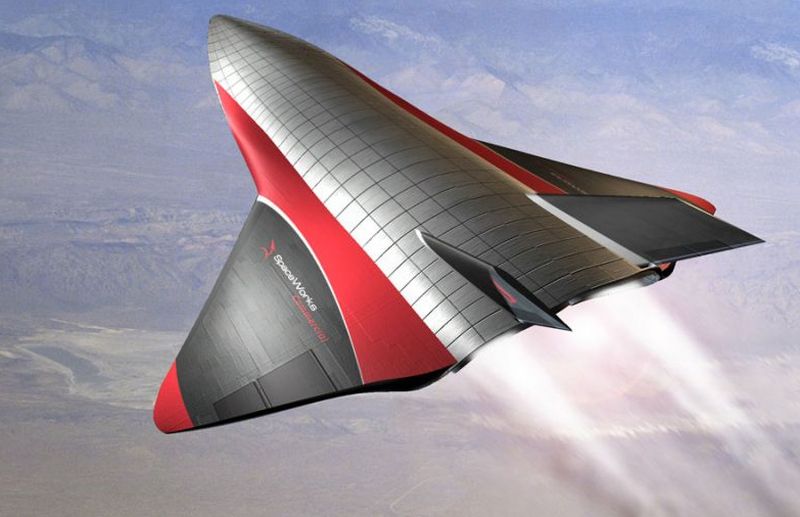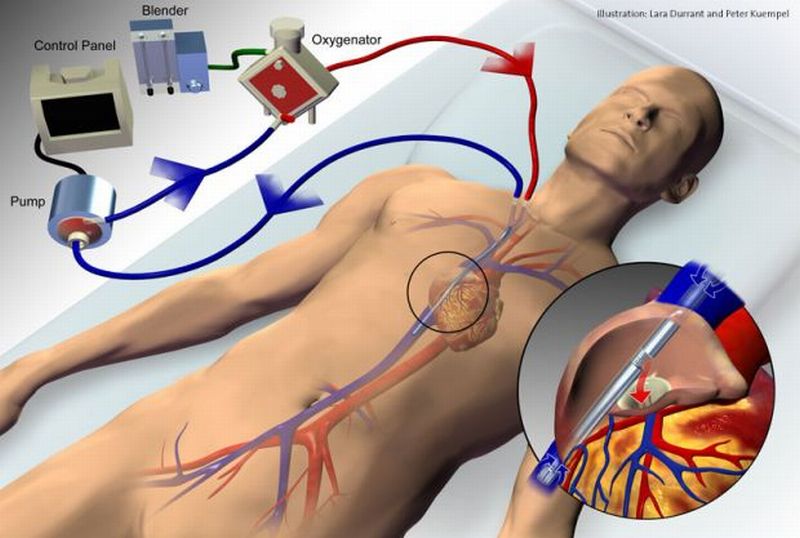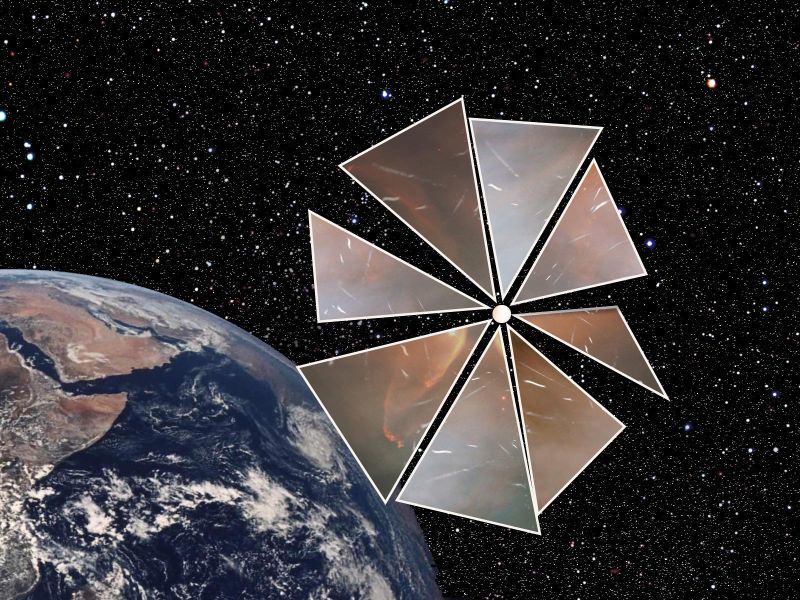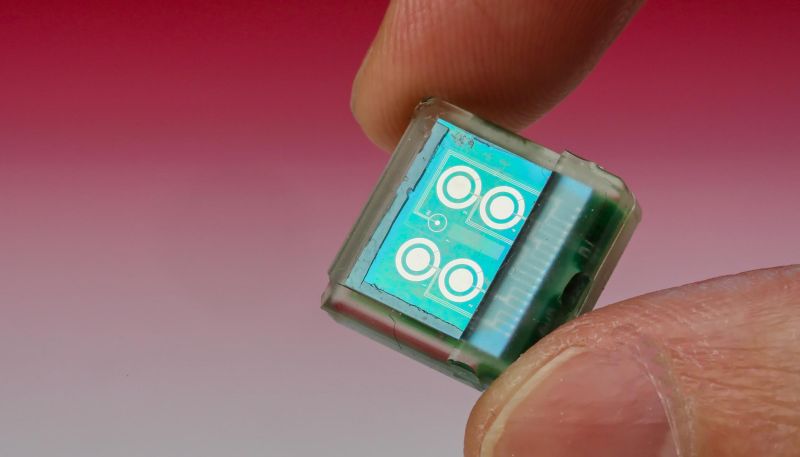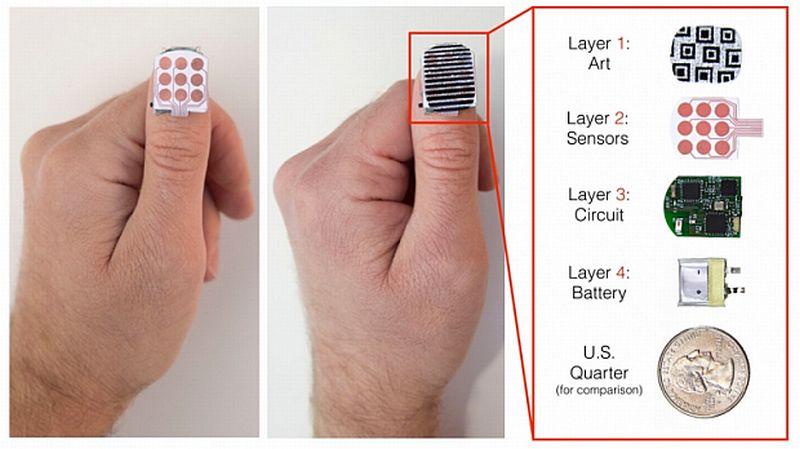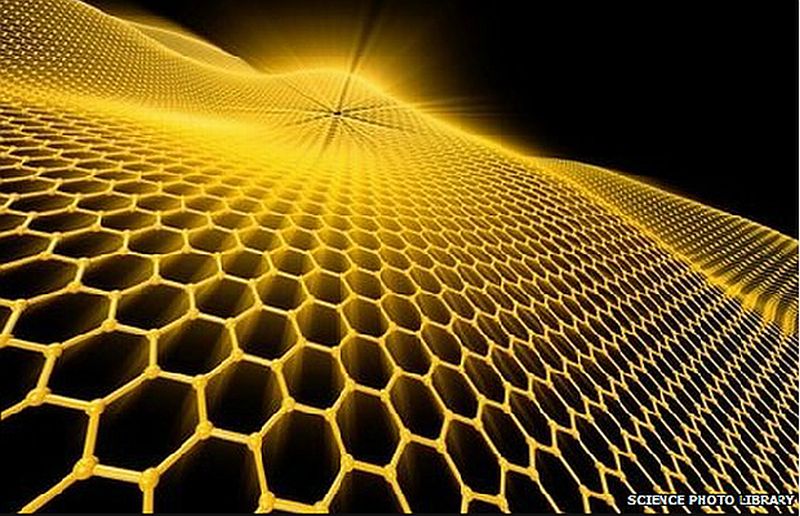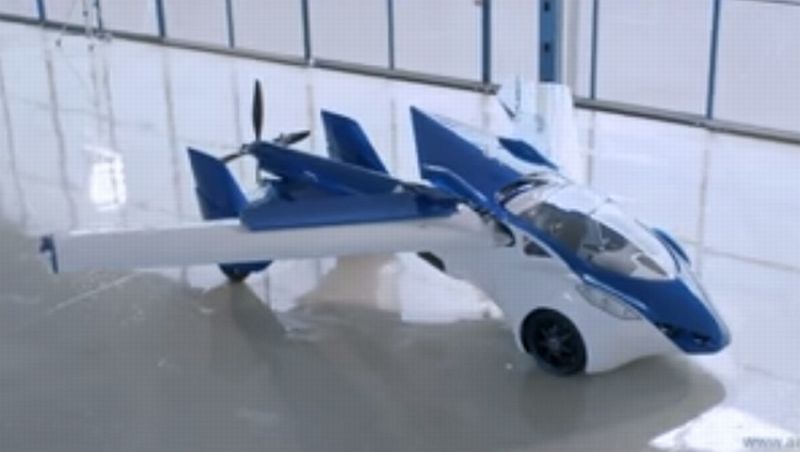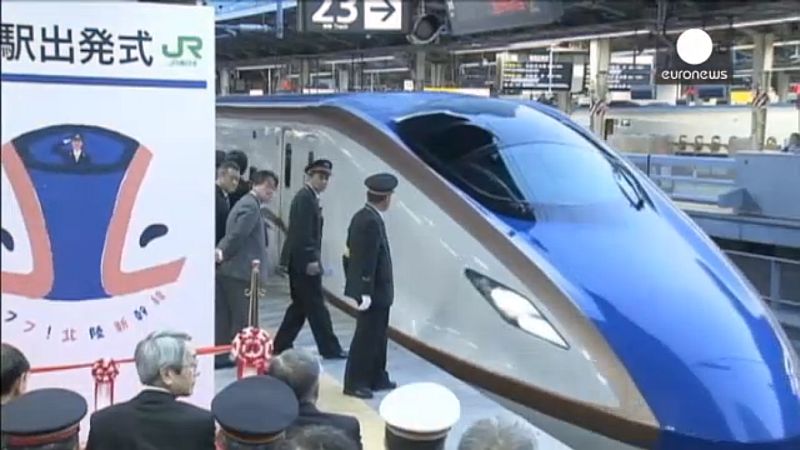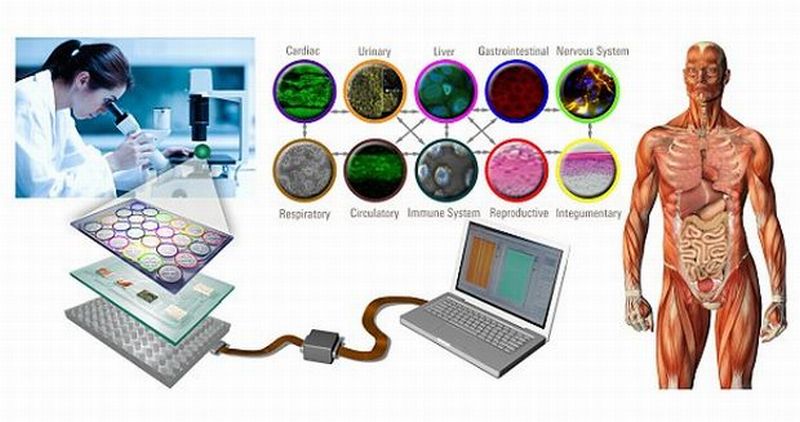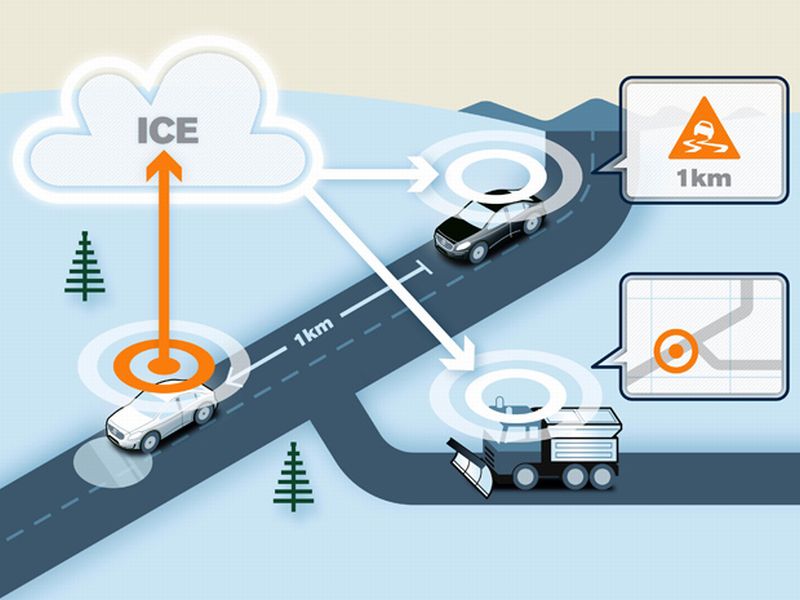Elon Musk aka Tony Stark of the real life leave no stone unturned when it comes to denting the universe. He concretizes stuff which we can only dream off. His idea of privatizing space travel with Space X, revolutionizing conventional automobile mechanics by introducing electric cars via Tesla motors, his unconventional open tube transport system, the Hyperloop are not the ‘only’ examples of his unlimited desire for uplifting the future of humanity. He has now come up with an energy storage system for home users, called the Powerwall.
Read MoreCategory: Futuretech Tonics
Hypersonic Air Vehicle soon to be a Reality: Supersonic Transportation
Scientists at the AFRL (Air Force Research Laboratory) in collaboration with the Pentagon’s research arm are working towards building an innovative hypersonic air vehicle. As the concept suggests, the team aims it touch up to Mach 5’s speed while transporting guidance systems and other materials.
Read MoreMicrofluidic device that mimics the actual Biological System: Alternative to Lung Ventilators
Technology that would help in fabricating vital characteristics of lung structures would lead to safer and promising alternative to specific types of respiratory and cardiac machines used for treating patients whose lungs have failed to respond due to disease or injury.
Read MoreRocket that doesn’t require any Fuel: Graphene-powered Spacecraft
Amongst all the amazing properties of graphene, morphing light into action is best of all. Serendipitous discovery of the material had surfaced its remarkable properties like robustness along with high electric and head conduction in flat structure. Yongsheng Chen at Nankai University in Tianjin, China along with his team has been working on to see if the same effect could also be seen on the bigger lattice arrangements of carbon.
Read MoreBiosensing Chip for Remote Monitoring of Human Metabolism: Implantable Biomedical Device
Researchers at Ecole Polytechnique Federale de Lausanne (EPFL) Lausanne, Switzerland have developed a centimeter long biosensor chip that lays hidden under a patch of human skin and is communicated via smartphone. The chip tracks the concentration of molecules quantity like glucose, cholesterol and other drugs.
Read MoreJahn-Teller Metals, the Newest State of Matter: Transition between Insulator and Conductor
An international team of researchers led by Kosmas Prassides of Tokohu University in Japan has surfaced a material that has combined intrinsic qualities of insulator, superconductor, metal and magnet. The team has asserted that this discovery would lead to the growth of new and efficient high-temperature superconductors.
Read MoreFingernail sized NailO controls Phone and Laptop: Wearable Technology
MIT researchers have developed a small fingernail sized trackpad, which they claim can control phone and computer, wirelessly. NailO, the input device is quite similar to stick-on nails fashion accessory. It gets attached on the user’s thumb, from where the control takes place by sweeping a finger in a particular direction over its surface.
Read MoreThe New BMW 7 Series: Remote parking via LCD Display
BMW’s 7 Series is the only sedan or extended-length limousine in BMW’s flagship car and it is about due for a redesign. The German automaker has already initiated testing some of its upcoming features that we might expect when the machine hits the shelves.
Read MoreGraphene-based Light Bulbs hitting stores soon: A new era of LED Technology
LED light technology has again hit the spotlight but this time it is due to the wonder material, graphene. Consumers would soon be using graphene-based light bulbs. It is assumed that the dimmable bulb would help in reducing energy costs by ten percent and might come with a longer shelf life relatively. Although, it is expected that the cost might remain the same as is the conventional LED.
Read MoreFlying Cars a Reality by 2017: An Era of Self-driving, Self-flying Cars
Slovakia-based Aeromobil is making a flying car dream come true by 2017. The company has already tested prototypes that have been successful in both driving and flying. The sporty two seater, called the flying roadster will be spreading its wings in the skies in mere two years from now.
Read MoreHokuriku Shinkansen Line opens for service: Tokyo links with Kanazawa
East Japan Railway Co. in collaboration with West Japan Railway Co. have successfully brought about the bullet train services on Hokuriku Shinkansen Line connecting Tokyo with the Hokuriku region on the Sea of Japan.
Read MoreResearchers develop 5G Wireless Technology: The Next G
Achieving 1Tbps wirelessly might not remain a farfetched dream now. Researchers at the University of Sydney have touched the threshold of 5th generation wireless systems of Terrabyte per second. Yes, you guessed it right, downloading 10 movies per second at an uber-speed of 1Tbps.
Read MoreInduction-charging Stations into Home Furnishings: Smart Homes
Say no to cable mess, especially when charging gizmos. IKEA, the world’s largest furniture retailer will be hitting the shelves with an innovative range of furniture that has come with induction-charging stations. It is part of their new “Home Smart” plan. Keeping in view with the futuristic appeal, now the furniture owners would seamlessly charge their smartphones wirelessly.
Read MoreHomo chippiens: Mimicking Human Body using networks of Simulated Organs
In an attempt to create a ‘body on a chip’, scientists are working towards fabricating minute working organs of human body on a set of inter-related plastic chips. They have already developed fingertip-sized lungs, guts and livers on the chips. For instance, researchers at Harvard University’s Wyss Institute are revamping ‘bone marrow on a chip’ for studying the effect of radiation.
Read MoreVolvo Cars to share Slippery-Road Warning: Driving Safety Systems
During rough winters, drivers have to deal with icy patches themselves. Situation becomes critical during nights when they have to fight the patches while driving in a different zone. However, things might become different when cars start sharing the on-road conditions amongst themselves.
Read More